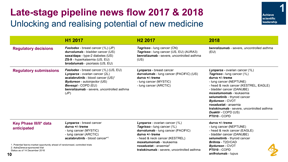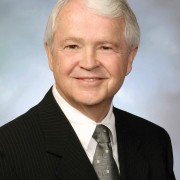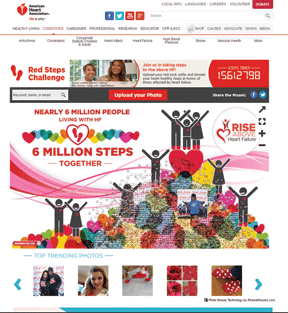Ryan Abbate and Mike Lazur were honored as the 2017 inductees for the Medical Advertising Hall of Fame black-tie event held on Feb. 22 at The Pierre Hotel in New York City.
Special Feature – Agenda 2017: Growing Up
Analytics, Biopharma, Business, Data, Digital, Donald Trump, DTC, Electronic Health Records, Electronic Health Records (EMRs), Facebook, February 2017, Healthcare Communications Agencies, HIPAA, Issue Archives, Marketing & Advertising, Obamacare, Patients, Pharma, Pricing, Software, Therapeutics, Virtual Reality, WearablesLurking behind all the sound and fury in the political realm, 2017 is bringing new opportunities to marketers that have nothing at all to do with orange hair. A whole generation of technologies are growing to maturity together – predictive targeting, virtual reality, behavioral science, interactive video, big data, and more – all of which are transforming the ways in which brands can communicate with their audiences. But of course politics will matter too in this Year One of the Trump administration, as the continuing debate over drug pricing and the impact of the new president’s policies on the pharma industry remain very much up in the ai
There was a significant drop-off in NME approvals by FDA in 2016, but there were not enough new drug applications with user fee goals to reach the lofty 2015 total.
Despite the general anxiety over the impact of President Trump’s policies, when it comes to pharmaceutical sales forces, little of what he does will actually affect pharma sales-force strategies. The trends that are continuing to play out are declining rep access, the size of pharma sales forces, and the struggle with the concept of key account management, as well as trying to figure out how reps should be compensated.
As a public official preparing for international negotiations, I was taught by the U.S. State Department to always know exactly what you want and what you’re willing to give up before sitting down with a skilled international trading partner. It looks like pharma representatives were well prepared recently when sitting down with the country’s new Negotiator-in-Chief, President Donald Trump, but they should be mindful that the other shoe has yet to drop.
Mixing milk with a socially minded marketing agency – AbelsonTaylor – and farmers in East Africa can make for impressive health benefits all around.
QuintilesIMS’ annual survey of pharmaceutical and device manufacturers was initiated in 2009 – when only a handful of U.S. states required disclosure of certain healthcare practitioner payments. Since then, of course, state, federal and global requirements have continually evolved and expanded. Our latest survey findings, which reflect responses from 112 manufacturers, underscore that while the bar keeps getting higher, manufacturers’ confidence and sophistication are also on the rise.
Taking advantage of the moment – whether it’s a seasonal opportunity, such as allergies or the flu, or a moment of awareness, such as Breast Cancer Awareness Moment – challenges marketers to consider the marketing mix and the best ways to reach target audiences with brand messaging. Increasingly, with a spend approaching 10 percent of the $5 billion DTC market, pharmaceutical marketers are including POC as a key marketing strategy because they know that it works.
“Failing to plan is planning to fail” states time management guru Alan Lakein. Nowhere does this axiom ring more true than in the tightly controlled world of Rx launches. Given the time and expense required to bring a prescription drug to market, coupled with its limited exclusive lifespan, we must maximize every moment from market conditioning to loss of exclusivity (LOE).
When it launched in February of 2015, Meerkat looked like it was going to be the hottest social application since Facebook. Two years later, Meerkat’s live-streaming platform is gone, taken down in the fall of 2016 after losing a battle for users with the similar (but Twitter-backed) platform Periscope. But although the players have changed, interest in live streaming has stuck around – and in some cases, grown quickly as users see the possibilities for it and existing social platforms begin adding it to their arsenal of features.








